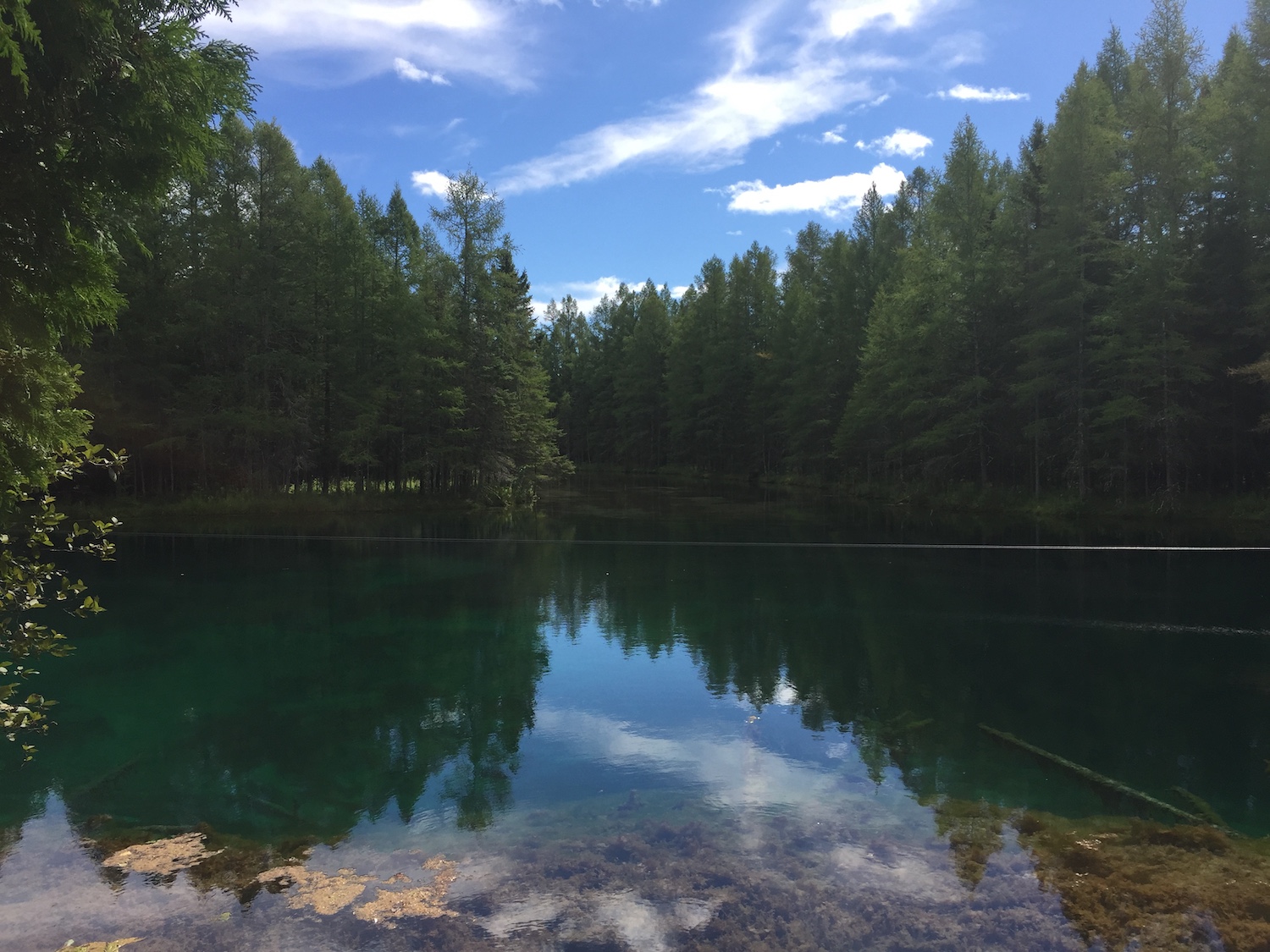
A Guide to Buying Your Engagement Ring
In this article I’m going to give a guide to the engagement ring buying process. Having recently been through this process, I’ve learned several lessons on how to approach this process.
Here’s how this article is broken down:
- Do you want a diamond?
- How much should you spend?
- Figuring out cut, clarity, shape, color
- Lab grown or mined
- Online vs In-store
Do you want a diamond?
Before I begin, I want to say that this article is not about how our desires for diamond rings are a result of manipulative marketing efforts by large diamond companies, such as De Beers, to persuade us that only diamonds are synonymous with romance. If you’re interested in that story, I suggest you check out this Atlantic article about trying to re-sale your diamond ring.
Buying a diamond ring, as opposed to another gem, should be a decision that you make for yourself – you shouldn’t be pressured into buying a diamond because everyone else is doing it. If you like the color of a ruby or sapphire, or if you like the vintage look of a “salt and pepper” diamond, go for it. Whatever ring you end up buying, it will have no impact on how long your marriage lasts, or how happy you and your partner will be. Having said this, the rest of this article will pertain to buying a diamond engagement ring.
How much should you spend?
If you are extremely wealthy and never care about the price of things you buy, go ahead and skip this section. If you are not, you most likely want to set a combined budget for both the setting and diamond. As with all major purchases you will make with your future spouse, you should agree on a range together based on your finances. Here are a couple things to consider when setting a price range for the ring:
- A ring is not really a waste of money depending on the person: Jewelry would fall under the category of “conspicuous consumption”, therefore, if your partner is the type of person to engage in conspicuous consumption, for example if your partner splurges on expensive watches, cars, shoes, etc., then it would be hypocritical for them to be frugal when it’s time to buy an engagement ring. It would be contradictory for them to use the argument that a ring is “a waste of money” if they also spend money on fancy things for themselves. Keep this in mind when setting a budget.
- Don’t go into debt: You shouldn’t have to take out a loan with interest to pay for a ring – at that point you’re spending too much. It’s fine to make monthly, interest free, payments but make sure that these payments are not cutting too deeply into your monthly savings goals. Plan ahead from when you want to propose and start saving money every month for a ring.
- You can always upgrade: A lot of online jewelers allow you to upgrade your ring, and they will give you credit equal to the original purchase price of your ring. Even if you get a modest ring to start off your marriage, as you approach your 5-year, 10-year, and 15-year anniversaries you can upgrade your ring to something nicer. I bought the ring for my fiancée through James Allen and they have an upgrade plan.
Figuring out shape, cut quality, color, and setting
Before committing to buy, my wife and I went to many jewelers in person so she could decide exactly what type of stone and setting she wanted. By going to try out rings in person, you can get a sense for what you like and what qualities are more important for specific stone shapes. For example, my wife went with an emerald cut, and she noticed that for that shape, the clarity was more important than cut. The emerald’s flat surface makes it easier to see the defects.
She also found out what carat size would be too large for her finger size. If you’re worried that shopping for a ring together may take the element of surprise out of it, don’t be. Even though my wife knew the type of ring she would be getting, she was still surprised when I proposed. Also, she was excited knowing she liked the ring she had picked out. It would be bad news if you bought a ring without consulting your partner only to find out they didn’t like it; it would be even worse when you realize that they didn’t like any of the rings at the jeweler you returned it to.
Grown in the ground or grown in the lab?
There is absolutely no difference between lab grown and mined diamonds. It’s the same stone – each carbon atom is joined to 4 other carbon atoms via covalent bonds. You can go to a store and see for yourself. For the budget range you select, you may be able to find a better size, color, and cut if you expand your browsing options to include lab grown diamonds. At the end of the day, you should pick the diamond you like that is within your budget. By including lab grown diamonds in your search, you can find more options for your price range.
Online vs. In-store
In my experience, purchasing a ring online was very easy. Most online jewelers have a large selection of mined and lab grown gems, and many will happily send you a detailed report plus pictures of the diamond you are interested in. Also, many online jewelers have a 30-day return policy in case the gem is not quite what you expected.
The drawback of shopping online is you won’t be able to see the stone in person. Also, the number of settings for your stone may be limited. Some online jewelers may not be able to do a customer setting, and some physical jewelers may not set stones that aren’t purchased directly from them. Before you decide to purchase a diamond ring from an online retailer, I would make sure they also have a setting design you like.
